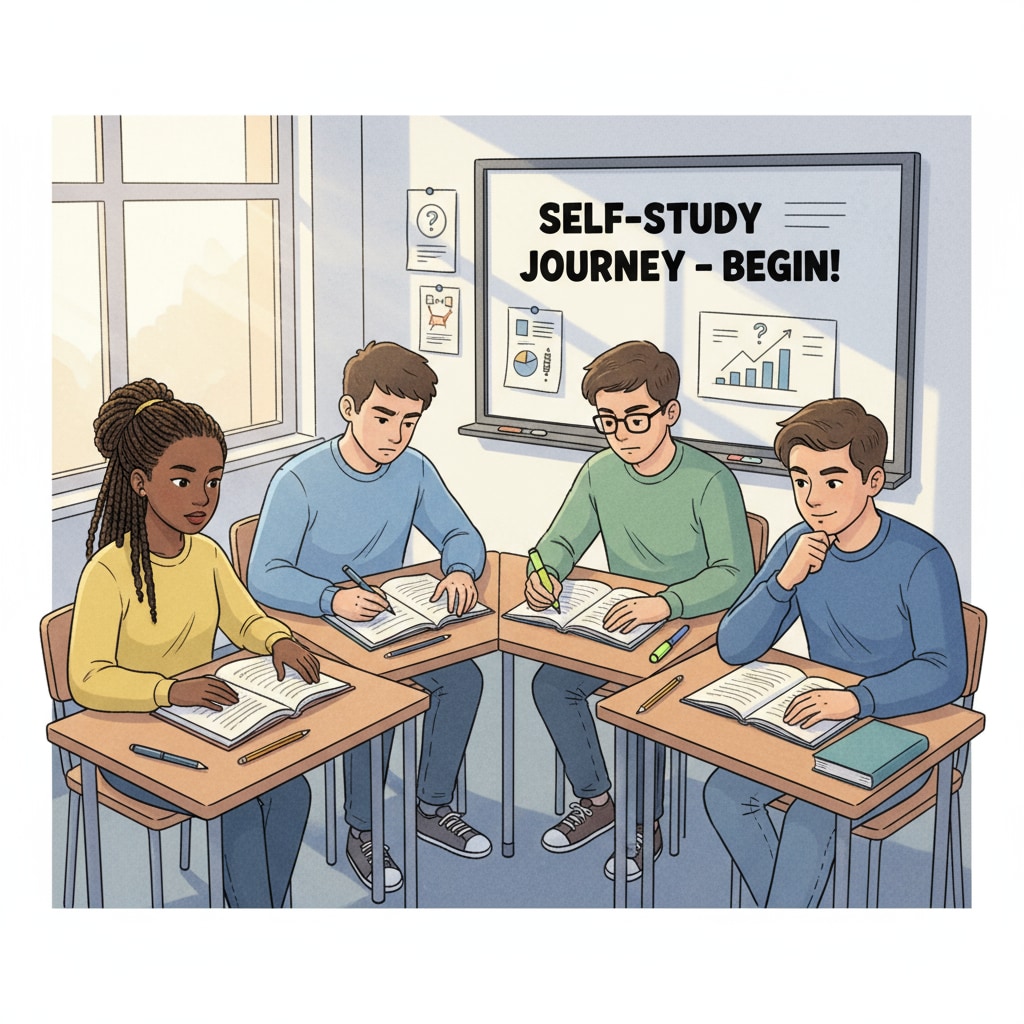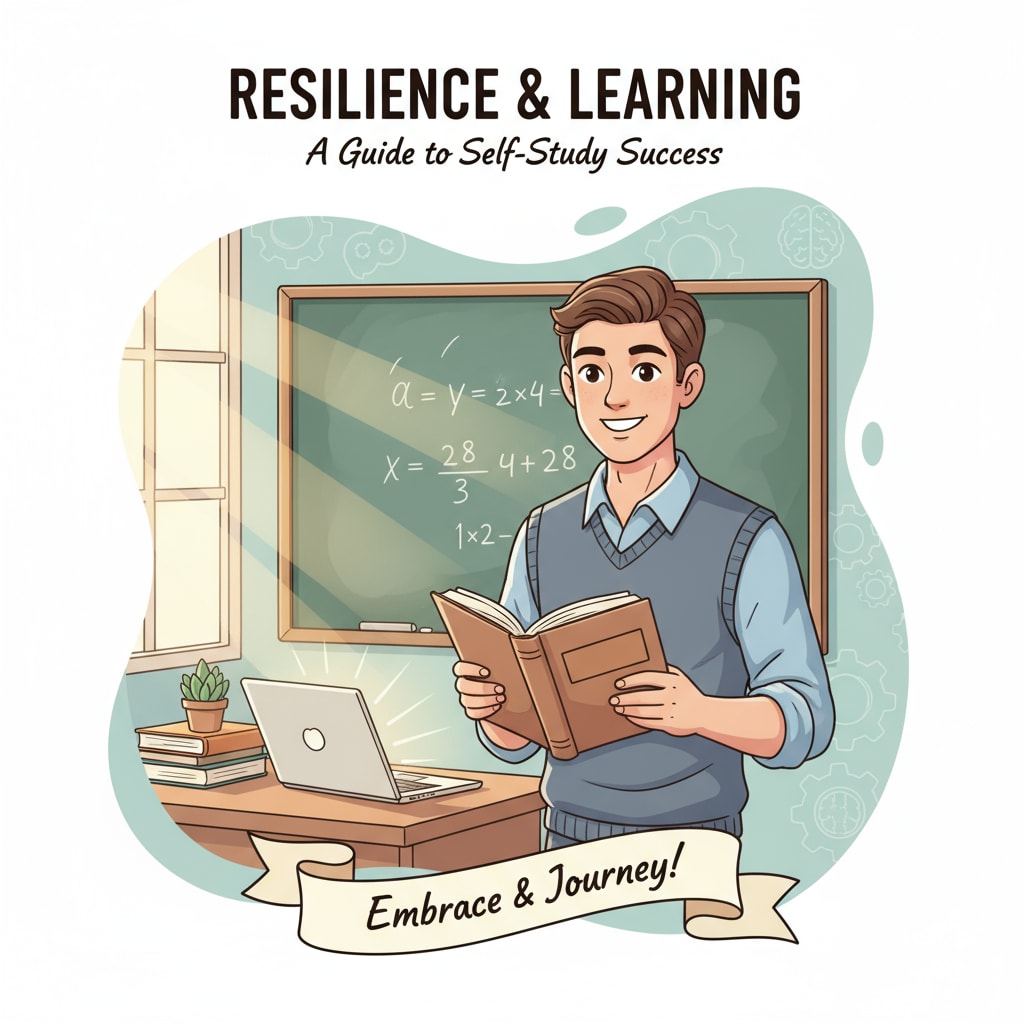For teenagers facing educational gaps, the journey of self-study guidance, especially with the goal of GCSE, can seem daunting. However, with the right approach, it can be a fulfilling and rewarding experience.

Many young individuals have found themselves in a situation where their formal education was interrupted, but that doesn’t mean their learning journey has to end. In fact, it can be the start of a new and more purposeful educational adventure.
Overcoming the Mental Hurdles
Before diving into the world of self-study, it’s crucial to address the psychological aspects. The first step is to overcome any feelings of inadequacy or self-doubt. It’s common for those with educational gaps to think they are behind their peers. However, it’s important to realize that everyone’s learning pace is different. Overcoming Self-Doubt on Verywell Mind For example, many successful people have achieved great things despite starting with educational setbacks. Once you’ve embraced a positive mindset, you’re ready to move on to the next stage of planning your self-study.

Creating a Structured Self-Study Plan
A well-structured study plan is the backbone of successful self-study. When aiming for GCSE, it’s essential to break down the syllabus into manageable chunks. First, identify the key subjects and topics. Then, allocate specific time slots for each. For instance, if you’re studying math, you could set aside an hour each day for theory and another hour for practice problems. In addition, make sure to include regular breaks to avoid burnout. BBC Bitesize GCSE Study Resources This way, you can maintain a consistent and efficient study routine.
As you progress with your self-study plan, don’t forget to regularly assess your progress. This could involve taking practice tests or quizzes. Based on your results, you can adjust your study plan and focus more on areas where you need improvement. Remember, the goal is to be well-prepared for the GCSE exams and to build a solid foundation for future learning.
Readability guidance: Each section focuses on a key aspect of the self-study journey for those with educational gaps. We use simple language and clear explanations, along with examples, to make the information accessible. Transition words like ‘however’, ‘for example’, and ‘in addition’ are used to connect ideas smoothly.


